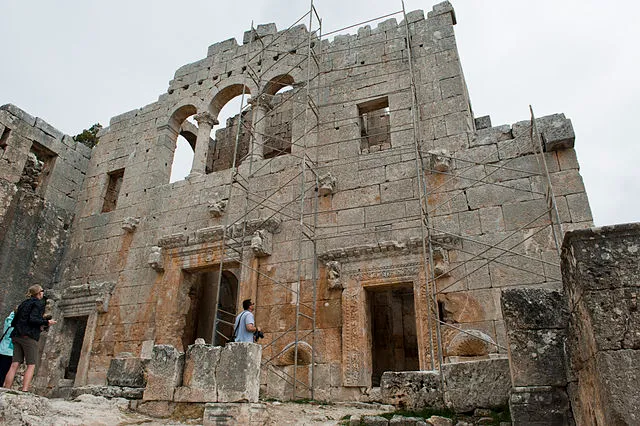Alahan Monastery, located in southern Turkey, is a significant early Christian site. It exemplifies the architectural and cultural achievements of the early Byzantine period. Constructed between the 5th and 6th centuries AD, this site is crucial for understanding the spread of Christianity in the region.
Get your dose of History via Email
Historical Context

Alahan Monastery dates back to the 5th century AD, a time when Christianity was spreading across the Roman Empire. The Byzantine Empire, a continuation of the Eastern Roman Empire, played a vital role in promoting Christianity. This was a period of intense construction of religious buildings, which served both spiritual and social functions. Alahan Monastery was part of this broader movement, offering a secluded space for worship and monastic life.
Location and Significance
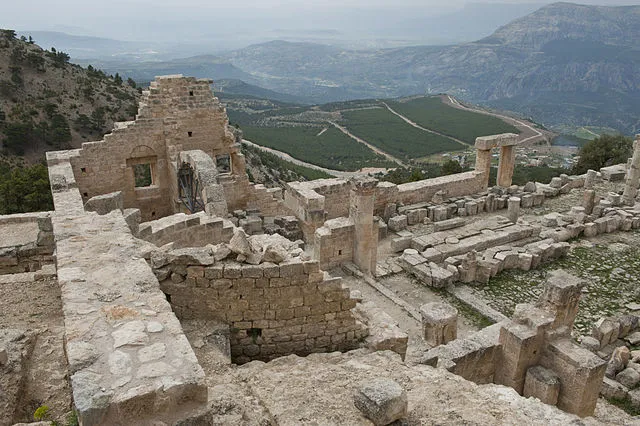
Alahan Monastery is located in the Taurus Mountains, in present-day Mersin Province, Turkey. Its remote location offered seclusion, which was essential for monastic life. However, the site was also strategically positioned along a major trade route, connecting it to other key centers of the Byzantine Empire.
The location of Alahan Monastery highlights its dual role: it was both a retreat for monks and a beacon of Christian faith along a well-traveled path. This dual role underscores the importance of the site in the broader context of Byzantine religious and political strategy.
Architectural Features
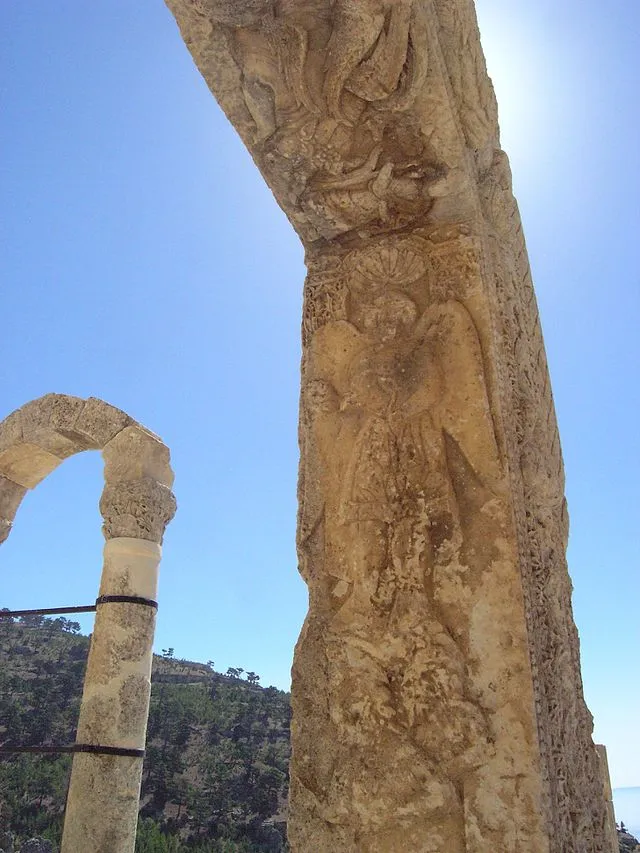
The monastery complex consists of two churches, a baptistery, a necropolis, and several monastic buildings. These structures exhibit classic Byzantine architectural features, such as the use of stone, rounded arches, and domes. The North Church, one of the main structures, is particularly well-preserved and showcases intricate stone carvings.
The layout of Alahan Monastery reflects the practical needs of a monastic community. The churches were the focal points for worship, while the surrounding buildings provided living quarters, storage, and other necessary facilities. The site’s architecture also indicates a high level of craftsmanship and an understanding of complex engineering techniques.
Artistic and Cultural Elements
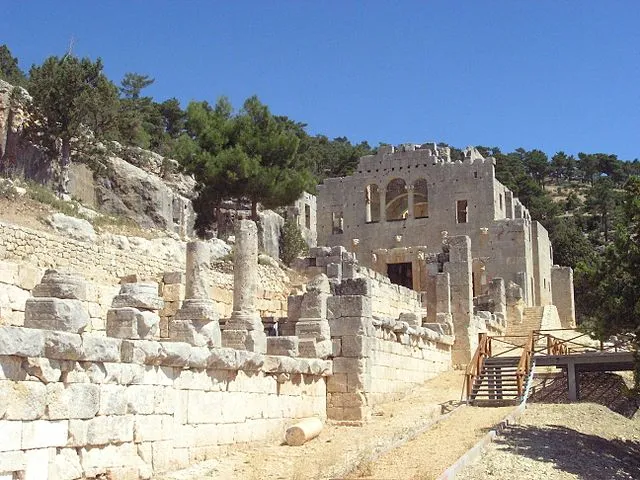
The stone carvings at Alahan Monastery are significant. They include Christian symbols, such as crosses and fish, as well as floral and geometric patterns. These carvings reflect the broader Byzantine artistic traditions and serve as a testament to the cultural exchanges occurring during this period.
In addition to the architectural and artistic elements, Alahan Monastery also holds cultural significance. The site represents the fusion of local traditions with broader Byzantine influences. This fusion is evident in the artistic motifs and construction techniques, which blend local styles with imported ideas.
Archaeological Discoveries
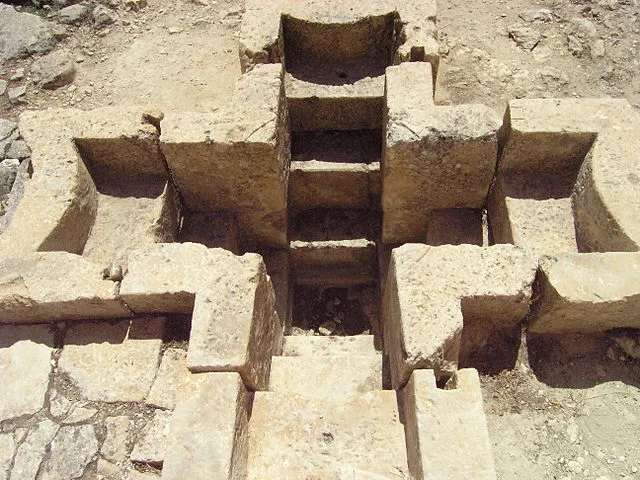
Archaeological excavations at Alahan Monastery have revealed important insights into early Byzantine monastic life. These excavations uncovered various artifacts, including pottery, coins, and inscriptions. These findings help historians understand the daily lives of the monks who lived at the monastery.
The discovery of inscriptions in Greek and Latin provides evidence of the multicultural environment in which the monastery existed. These inscriptions include religious texts, names of benefactors, and other important details that shed light on the social and religious aspects of the site.
Preservation and Current Status
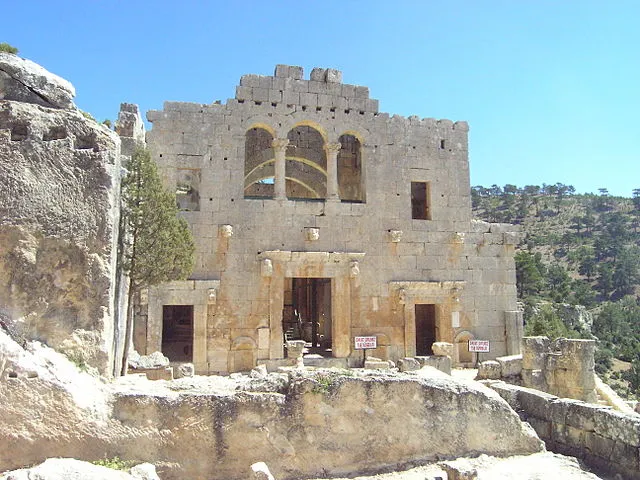
Alahan Monastery is now a protected archaeological site, recognized for its historical and cultural significance. Efforts have been made to preserve the site, but it faces challenges due to its remote location and exposure to natural elements.
The site is accessible to visitors, although ongoing conservation work is necessary to protect it for future generations. The Turkish government, along with international organizations, continues to work on preserving Alahan Monastery.
Conclusion
Alahan Monastery is a vital piece of early Christian history and Byzantine architecture. Its remote yet strategic location, combined with its architectural and artistic achievements, make it an essential site for understanding the spread of Christianity in the Eastern Mediterranean. Ongoing preservation efforts are crucial to maintaining this site, which offers valuable insights into the religious and cultural history of the region.
Source:

